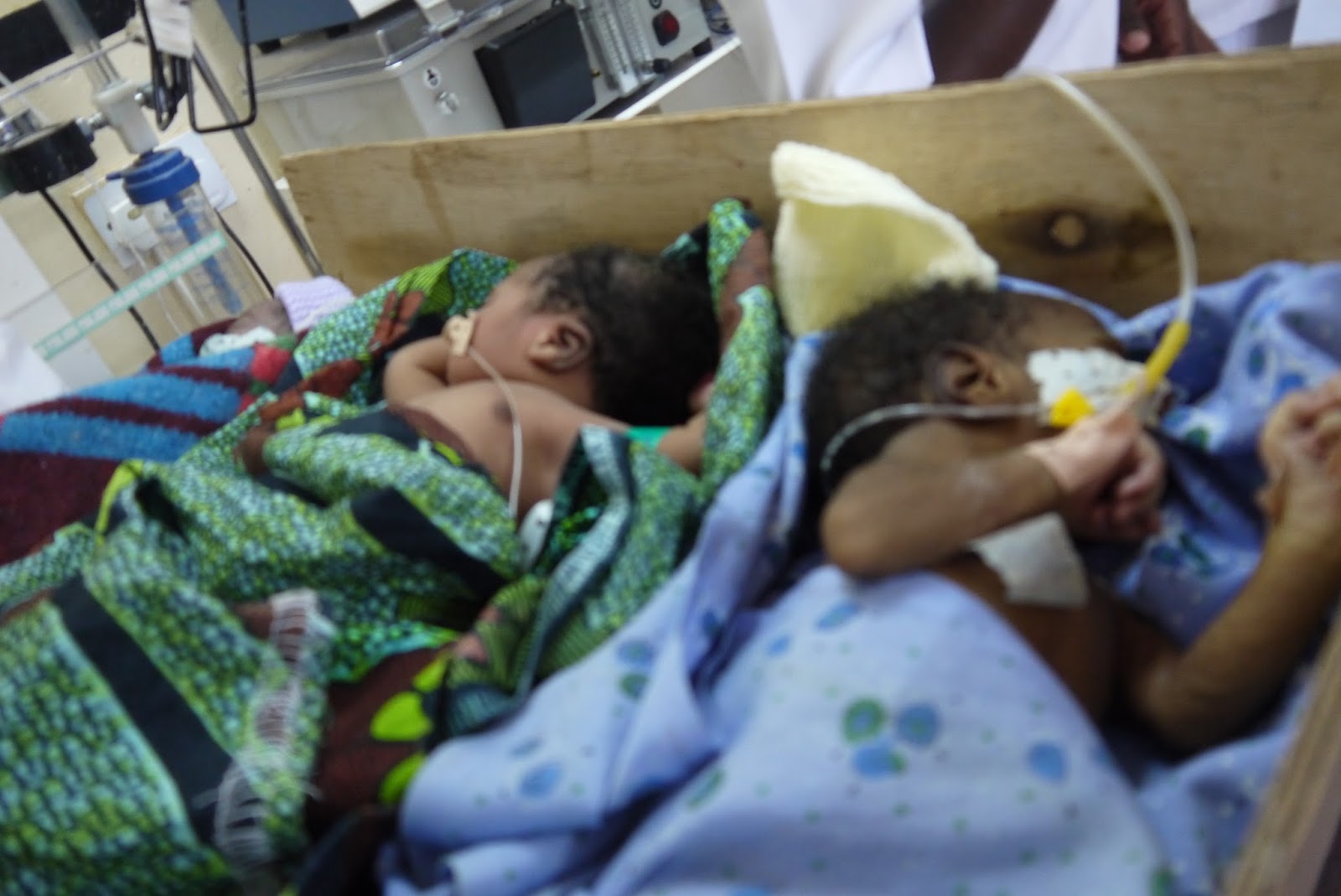
300,000 women die every year during childbirth and 99% of these deaths are from Lower- and Middle-Income Countries (LMICs). The use of caesarean sections is key to improving both maternal and perinatal outcomes when used correctly. Both over and under use of caesarean sections can contribute to poor outcomes. Previous individual studies have been too small to accurately estimate maternal and offspring deaths following caesarean sections in LMICs.
Ammalife Change Maker Soha Sobhy conducted research into maternal mortality and infant deaths following caesarean section. Read more below:
Method:
Databases were searched for papers between 1990 and 2017 relating to studies that reported on maternal or perinatal death (or both) following caesarean sections in LMICs. Studies were excluded if they were:
- In high-income countries
- Involved non-pregnant women
- Case reports
Study Findings:
196 studies from 67 countries were included in the review. Nearly all the studies were of a high quality accurately representing the population but only 42% of studies adequately accounted for more than 95% of all maternal deaths.
Overall, 116 studies, involving almost 3 million caesarean sections and almost 7,000 maternal deaths in 59 countries, reported on the risk of mortality in women undergoing caesarean sections. For every 1,000 women who underwent a caesarean section in LMICs, 8 died. Roughly 25% of all maternal deaths were women that had undergone a caesarean section. In sub-Saharan Africa the rates of stillbirths among caesarean sections were higher than any other region with roughly 57 babies per 1000 caesarean sections being stillborn. However, this rate of stillbirth was halved in studies published in or after the year 2000 compared with those before this period.
Discussion:
Women undergoing emergency caesarean sections in LMICs were twice as likely to die than those delivering by elective caesarean sections. Perinatal deaths were five times as likely after emergency versus elective caesarean sections and over 9 times as likely when undertaken in the second stage versus the first stage of labour. A third of all maternal deaths followed caesarean sections were attributed to post-partum haemorrhage, a fifth due to pre-eclampsia, a fifth due to sepsis and 14% to anaesthesia-related causes.
The risks of maternal death following caesarean section do not appear to have reduced over the past nearly 30 years and are high in countries with a low rate of caesarean sections. In the UK only 8 maternal deaths occur per 100,000 caesarean sections with the proportion in LMICs being 100-times higher. Despite global efforts to improve access to safe caesarean sections, the risk of maternal deaths following caesarean sections appears to be unchanged over time.
Conclusion:
The research concluded that in countries were there are low rates of caesarean sections there are often high rates of maternal deaths. The authors recommended that evidence-based training in labour management is needed to reduce inappropriate caesarean sections. Multidisciplinary surgical training with resource provision, skills training in instrumental deliveries, and management of post-partum haemorrhage and neonatal resuscitation can help to reduce maternal and perinatal complications.
300,000 women die every year due to maternity related complications. 99% of these deaths are from Lower and Middle Income Countries.

Above: newborn babies at a maternity ward in Malawi. Neonatal mortality can also be reduced by improving access to and the quality of caesarean sections.
Full Research Paper Title:
‘Maternal and perinatal mortality and complications associated with caesarean section in low-income and middle-income countries: a systematic review and meta-analysis’
Read the full paper in The Lancet here.

With thanks to Content Volunteer Rachel Howard for summarising this article.
